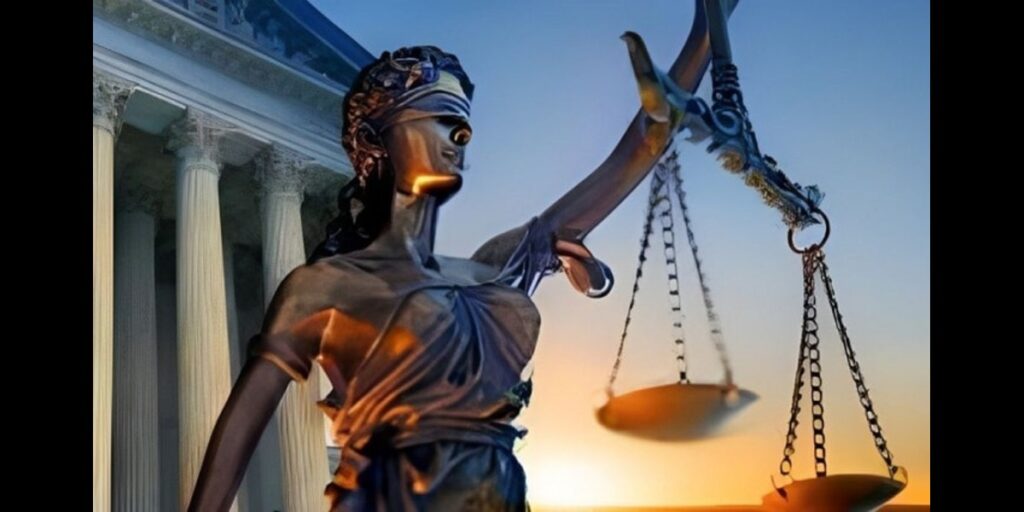Introduction Great Western Buildings Lawsuit:
In the realm of architectural marvels, the Great Western Buildings stand as timeless monuments to human ingenuity and design prowess. However, behind the grandeur lies a legal saga that has captured attention and raised questions about accountability, integrity, and the intricacies of construction law. This article delves into the depths of the Great Western Buildings lawsuit, exploring its origins, legal complexities, and the far-reaching impacts it has had on the architectural and legal landscapes.
Understanding the Great Western Buildings Lawsuit:
The Great Western Buildings, renowned for their striking facades and structural innovations, were hailed as symbols of progress and modernity upon their completion. However, beneath their sleek exteriors, a series of structural flaws and safety concerns began to emerge, prompting an investigation that would eventually lead to a landmark lawsuit.
The lawsuit, initiated by a coalition of concerned citizens and advocacy groups, alleged negligence and breach of contract on the part of the architectural firm responsible for the design and construction of the Great Western Buildings. Central to the case were allegations of faulty materials, substandard construction practices, and a lack of adherence to building codes and regulations.
Legal Complexities and Debates:
At the heart of the legal battle were complex questions surrounding liability and accountability. While the architectural firm vehemently denied any wrongdoing, citing adherence to industry standards and regulatory requirements, plaintiffs argued that the firm had failed in its duty to ensure the safety and integrity of the structures.
Key legal arguments revolved around issues of professional negligence, breach of contract, and the standard of care expected from architects and construction firms. Moreover, debates arose regarding the role of regulatory bodies and government oversight in ensuring the safety of architectural projects of such scale and significance.
Impacts and Ramifications:
The repercussions of the Great Western Buildings lawsuit reverberated far beyond the confines of the courtroom. From a legal standpoint, the case set precedents for future disputes involving architectural integrity and construction standards. It underscored the importance of robust regulatory frameworks and heightened scrutiny in the realm of architectural design and construction.
Furthermore, the lawsuit served as a wake-up call for architects, engineers, and construction firms worldwide, highlighting the imperative of prioritizing safety, quality, and adherence to best practices. It sparked discussions within the industry about the ethical responsibilities of professionals and the need for greater transparency and accountability.

FAQs:
Q: What were some of the specific allegations made against the architectural firm in the Great Western Buildings lawsuit?
A: The allegations ranged from the use of substandard materials to violations of building codes and regulations. Plaintiffs also claimed that the firm had failed to exercise due diligence in ensuring the structural integrity and safety of the buildings.
Q: What were the key legal arguments presented by both sides during the lawsuit?
A: The architectural firm asserted that it had followed industry standards and complied with all relevant regulations, denying any negligence or breach of contract. Plaintiffs argued that the firm had failed in its duty of care and contractual obligations, leading to significant safety concerns and financial losses.
Q: How did the outcome of the Great Western Buildings lawsuit impact the architectural and construction industries?
A: The lawsuit prompted greater scrutiny of architectural practices and construction standards, leading to enhanced regulations and oversight measures. It also served as a cautionary tale for professionals, emphasizing the importance of upholding ethical standards and prioritizing safety in all phases of architectural projects.
Conclusion:
The Great Western Buildings lawsuit stands as a testament to the intricate interplay between architecture, law, and ethics. It serves as a reminder of the profound responsibilities borne by architects, engineers, and construction firms in shaping the built environment. As the legal proceedings continue to unfold, the case serves as a catalyst for reflection and reform within the architectural and construction industries, paving the way for a future defined by integrity, accountability, and excellence.